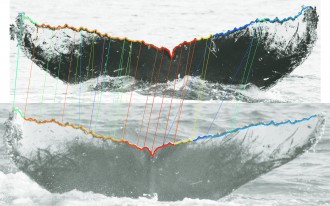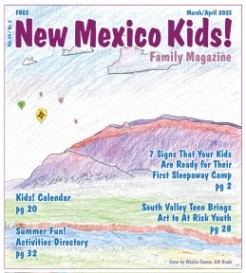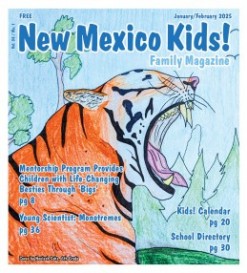The Young Scientist
The Young Scientist
June 8, 2022By AILEEN O’CATHERINE

Scientists don’t have enough equipment, time or money to study everything they need to study, so they often turn to citizen scientists for help. A citizen scientist is a regular person who helps to expand knowledge of the natural world. A citizen scientist can provide data and information to scientists by studying animals or sending photos of animals to scientists through science-driven platforms. Young scientists provide photos of birds to science-driven platforms such as eBird, or of the natural world to iNaturalist or photos of animals to Wildbook. These platforms help scientists advance science and conservation at the same time by providing scientists with a better idea of the sightings that occur wherever citizen scientists are giving them information.
On Global Big Day, May 14, 2022, anyone interested in birds can become a citizen scientist by reporting bird observations to eBird online or with a free eBird mobile app. On Global Big Day in 2021, more than 51,000 people from 192 countries submitted 134,000 checklists with eBird. This set four new world records for one single day of birding. Anyone who wants to participate can sign up for an eBird account and watch birds on May 14, enter bird sightings through the eBird website or mobile app and on May 14, go online at the Global Big Day webpage to follow along in real-time as bird sightings come in from around the world.
The platform iNaturalist allows citizen scientists to record observations, share their observations with fellow naturalists and join a platform to discuss findings. The flowers in a backyard that look like weeds and the butterflies hovering around the garden, when provided to iNaturalist, can help contribute to biodiversity science. Data is sent to scientific data repositories such as the Global Biodiversity Information Facility so that scientists can use and interpret data. With iNautralist, a young scientist can find a project that is of interest, observe the natural world and use the platform’s mobile apps to be a citizen scientist.
The project WildMe blends wildlife research with citizen science, artificial intelligence and computer vision, a field of artificial intelligence that trains computers to interpret and understand the visual world, to analyze the populations of endangered animal species. This provides scientists with new insights in the fight against animal extinction. Whether taking a walk in the woods or going on vacation to watch whales, citizen scientists are taking photographs of sighted whales, turtles, skunks, reptiles, amphibians and more to provide scientists with more data than they could gather on their own. WildMe has multiple animal platforms that include the Internet of Turtles, Flukebook for whale sightings, Spot a Shark and Skunk Wildbook, to name just a few of the research platforms available. WildMe works by taking photographic data provided by citizen scientists and running the photos through an artificial intelligence platform that helps scientists identify species. Scientists extract information from the images of living organisms, such as physical appearance, skeletal structure and population movement to help understand their biological processes and how they adapt to the world around them. Algorithms based on infrared heat patterns or skeletal curvature patterns found on whale tails, for example, can help scientists determine from an image of a tail what species the animal might be. Consider posting photos or videos on these sites, especially if you spot a rare bird or animal. For some endangered species, time is running out.
Global Big Day: https://ebird.org/news/global-big-day-2022
For young birders: https://ebird.org/about/resources/for-young-birders




